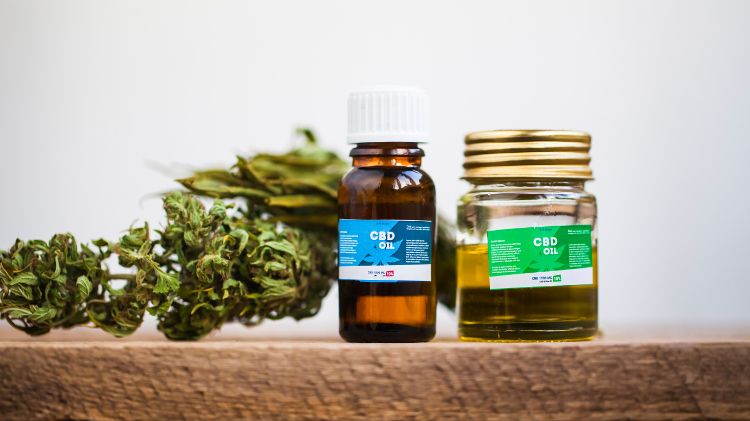The majority of CBD products have CBD content consistent with labels says Leafreport
A new market report published by Leafreport, in partnership with Las Vegas’ Canalysis Laboratories, measured the accuracy of CBD-content claims on a sample of 37 hemp-derived CBD products.
Photo © AdobeStock.com/Elroi

A new market report published by Leafreport, in partnership with Las Vegas’ Canalysis Laboratories, measured the accuracy of CBD-content claims on a sample of 37 hemp-derived CBD products. Most of these were CBD oil tinctures, but some were edibles, topicals, and pet products, states the report. Results of the third-party CBD tests showed that out of the 37 products, 27 (73%) contained CBD levels within 10% of the claims amount. Five products (13%) had variation in CBD content greater than 30% from their labeled content. Two products contained less than the stated amount, while 3 contained more than the stated amount.
The report graded the products on a scale of A-F. Of the remaining products, four products (11%) has CBD content within 20% of the labeled content, resulting in a grade of B, and one product (3%) was within 30% of their labeled CBD content, resulting in a grade of C. Interestingly, 84% of the CBD products contain more CBD than stated on the labeled, rather than less. The report also showed that 12 (33%) of the products also has significant levels of other cannabinoids besides CBD, a sign of quality.
“These findings suggest that the CBD industry is becoming more mature and transparent, resulting in accurate, higher quality products,” explained Noa Gans, head of product at LeafReport.com. Indeed, there are a number of reputable products and brands on the market that utilize independent third-party testing, but consumers should continue to be wary of lesser-known brands as those have been proven to not have the consistency in quality.
FDA revokes authorization to use Red No. 3 as a color additive in food or drugs
January 15th 2025FDA contends that the color additive is safe for humans but is legally obligated by the Delaney Clause of the FD&C act to revoke authorization as research shows the Red No. 3 induces cancer in rats.